Program Highlights:
Throughout the training session, participants will delve into a comprehensive curriculum covering essential topics in aviation and flight training, including:
- Introduction to Aircraft: Explore the fascinating world of aviation by learning about different types of aircraft and their unique characteristics.
- Forces of Flight: Gain insight into the fundamental principles of flight, including lift, drag, thrust, and weight, and understand how these forces interact to enable aircraft to take to the skies.
- Primary and Secondary Controls: Discover the primary controls (elevator, ailerons, and rudder) and secondary controls (flaps and trim) that pilots use to maneuver aircraft effectively.
- Cockpit Instruments: Familiarize yourself with the array of instruments found in the cockpit, learning how to interpret them to maintain situational awareness and navigate the aircraft safely.
- Runway and Markings: Learn about runway configurations, markings, and signage, essential for conducting safe takeoffs and landings at airports.
- Flight Circuit Pattern: Master the standard flight circuit pattern, comprising key elements such as crosswind legs, base legs, and final approaches, crucial for executing precise landings.
- Hands-On Training: Step into the pilot’s seat and embark on a guided, step-by-step practice of flight circuit procedures, honing your piloting skills under the expert guidance of experienced instructors.

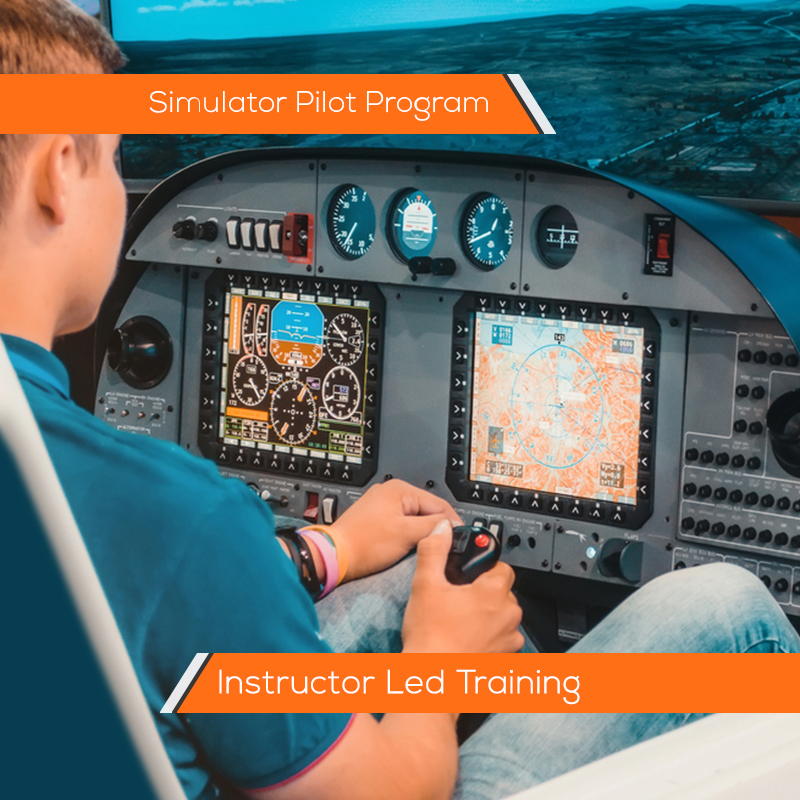
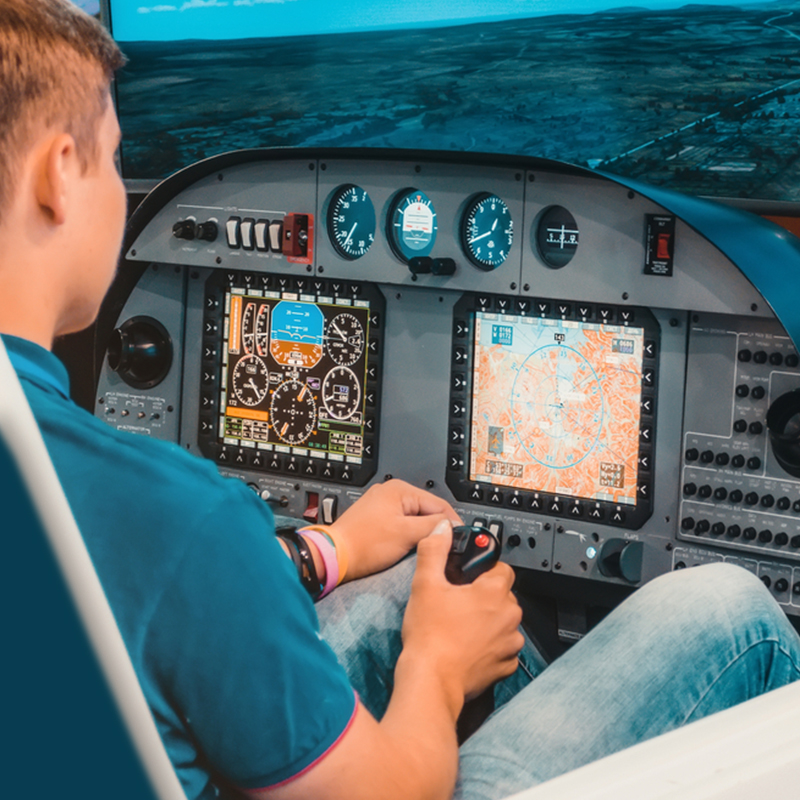
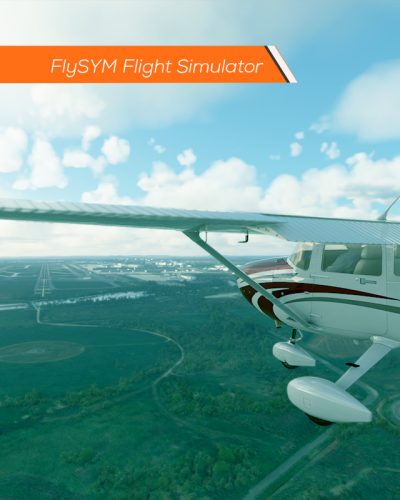
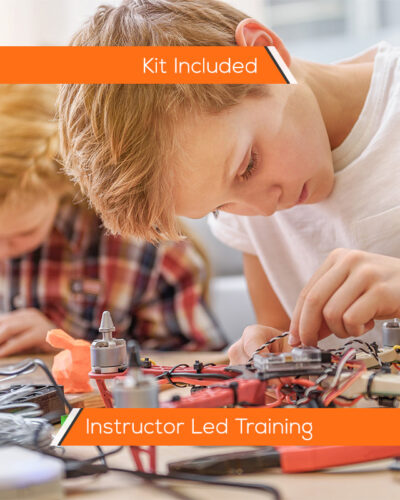
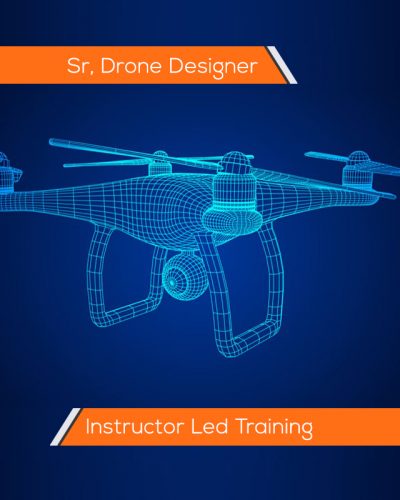

Reviews
There are no reviews yet.